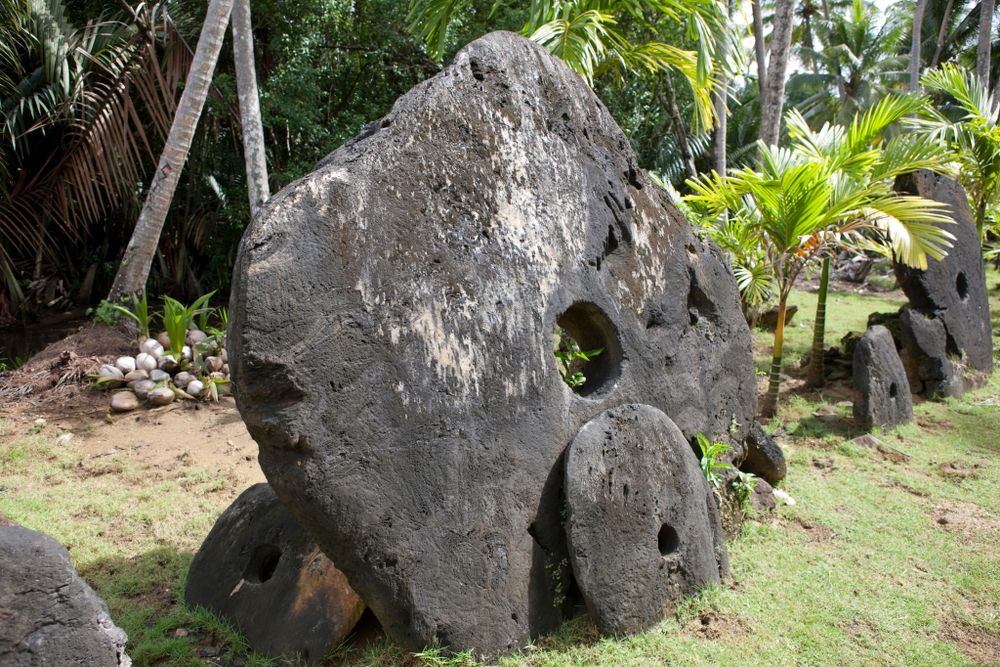Over half a millennia ago, inhabitants of a small Micronesian island used stone money disks to count value and verified consensus orally. Now, anthropologists are linking the practice as an early form of the Bitcoin (BTC) distributed ledger system.
On Yap Island located in Micronesia, artifacts have been found of an ancient currency which was the region’s monetary basis from 1400 AD to the turn of the 20th century. Stone disks, known as ‘Rai,’ were stored on the island of Palau and served as a store of value for inhabitants.
An Oral Ledger System
It may seem inconceivable to use massive stone disks as value, especially considering it was difficult to move them from Palau to Yap. However, as it turns out, the Rai stones were verified through an all-too-familiar model: consensus.
Over time, a community-based oral system was developed to track ownership and value. At every community gathering, island chiefs would tell the community about the ownership changes for the period. All inhabitants were expected to keep track for consensus. Everyone had an oral record of ownership — and the more people confirmed it, the more certain it was.
Anthropologists Scott Fitzpatrick and Stephen Mckeon recently published a research paper on the topic, comparing the Rai to the technological foundations of Bitcoin. The duo writes:
Perhaps the most striking similarity between Bitcoin and Rai is the use of a distributed ledger for records of ownership… This is the blockchain ledger in the Bitcoin network, and an oral ledger shared among all villagers in Yap.
Much like how the Bitcoin (BTC) network has nodes, each individual village inhabitant functioned much like a ‘node.’ The Yap peoples’ oral ledger prevented double-spending and word-of-mouth confirmed and repeated information across generations. The system was so successful that it functioned for 500 years.
The Blockchain Is Older Than We Thought
Fitzpatrick and Mckeon argue that the findings dispute that blockchain is a brand-new technology. In fact, its promise is rooted in an “ancient past.” The two anthropologists argue that the Rai may have even served as an inspiration for Satoshi Nakamoto — but we will likely never know for sure.
Do you agree that the Yai is an earlier form of Bitcoin? Let us know your thoughts on this interesting story down below.



